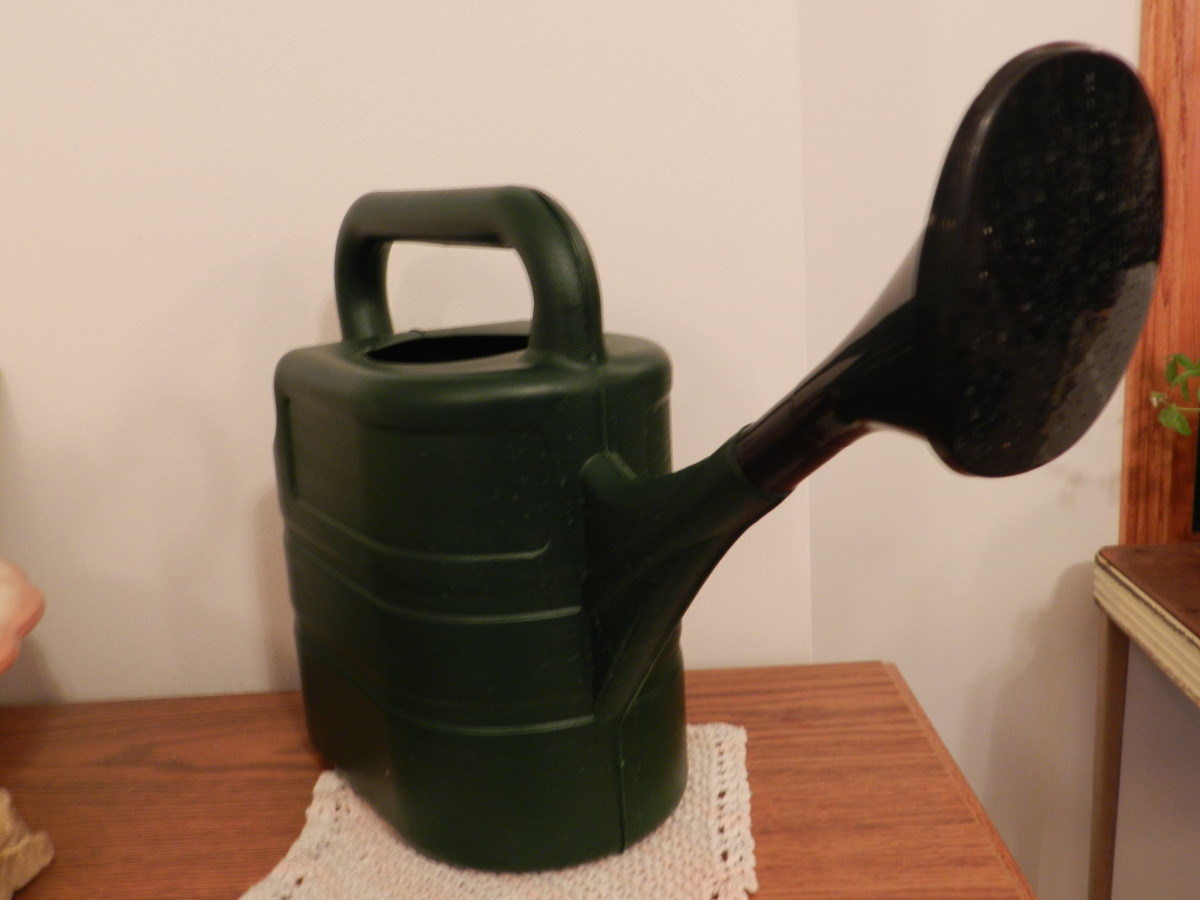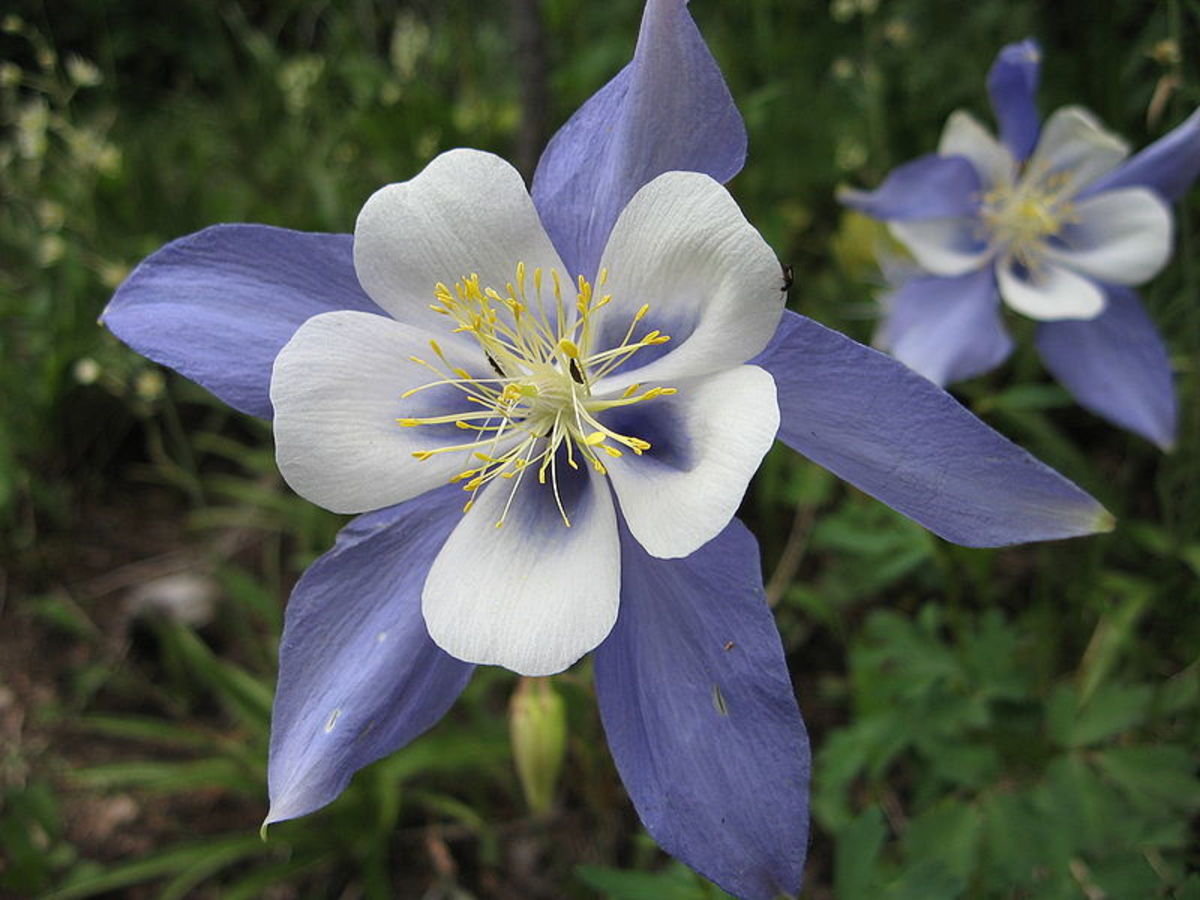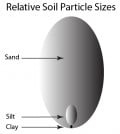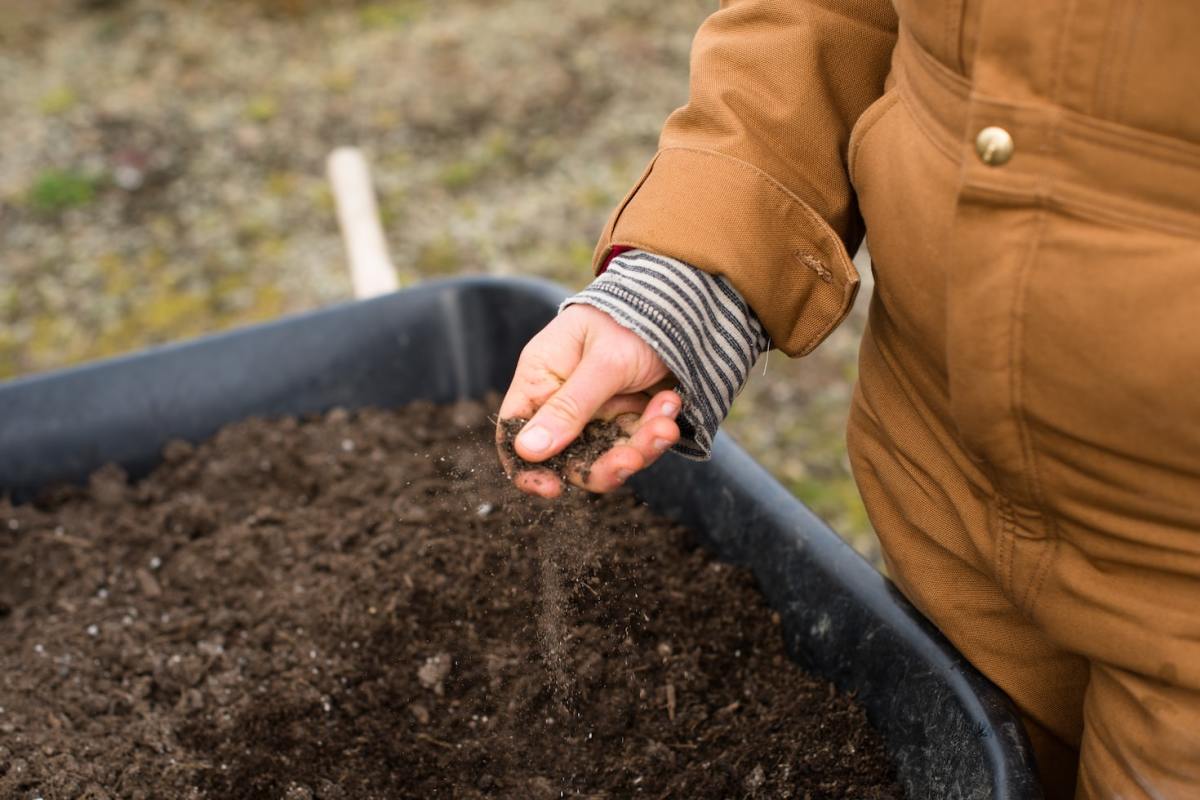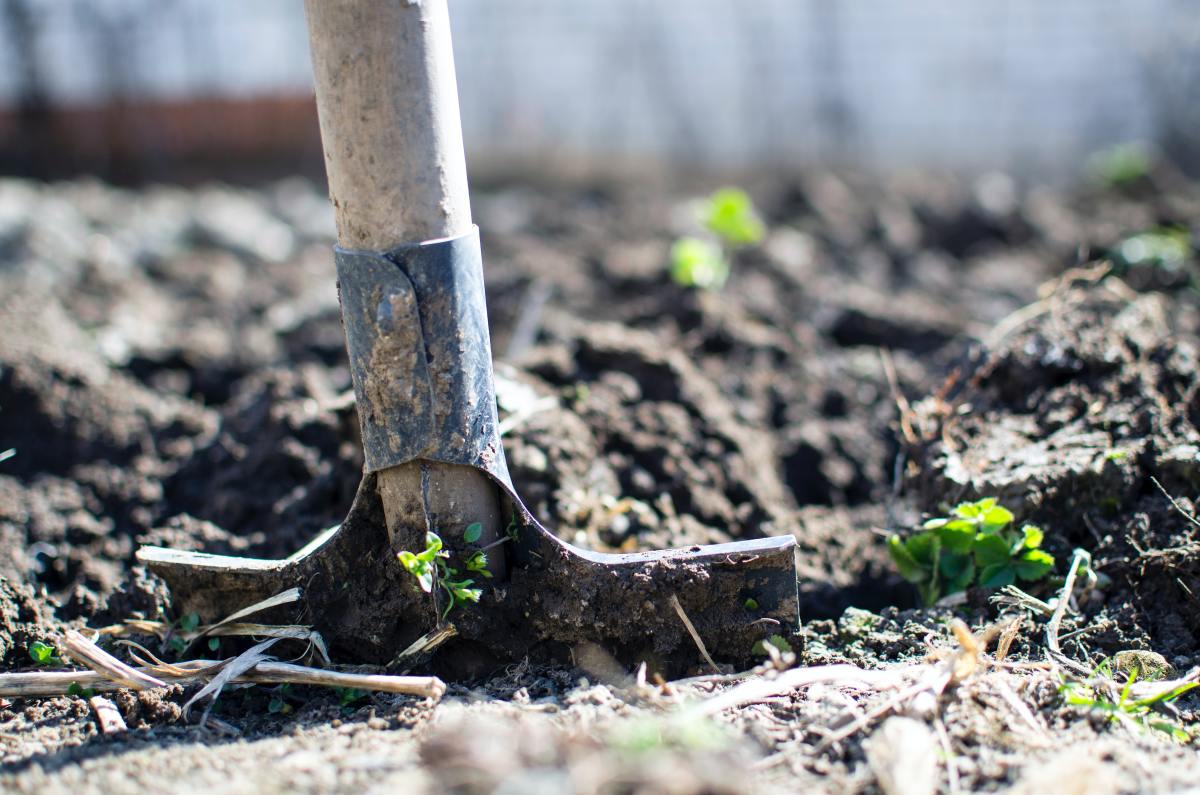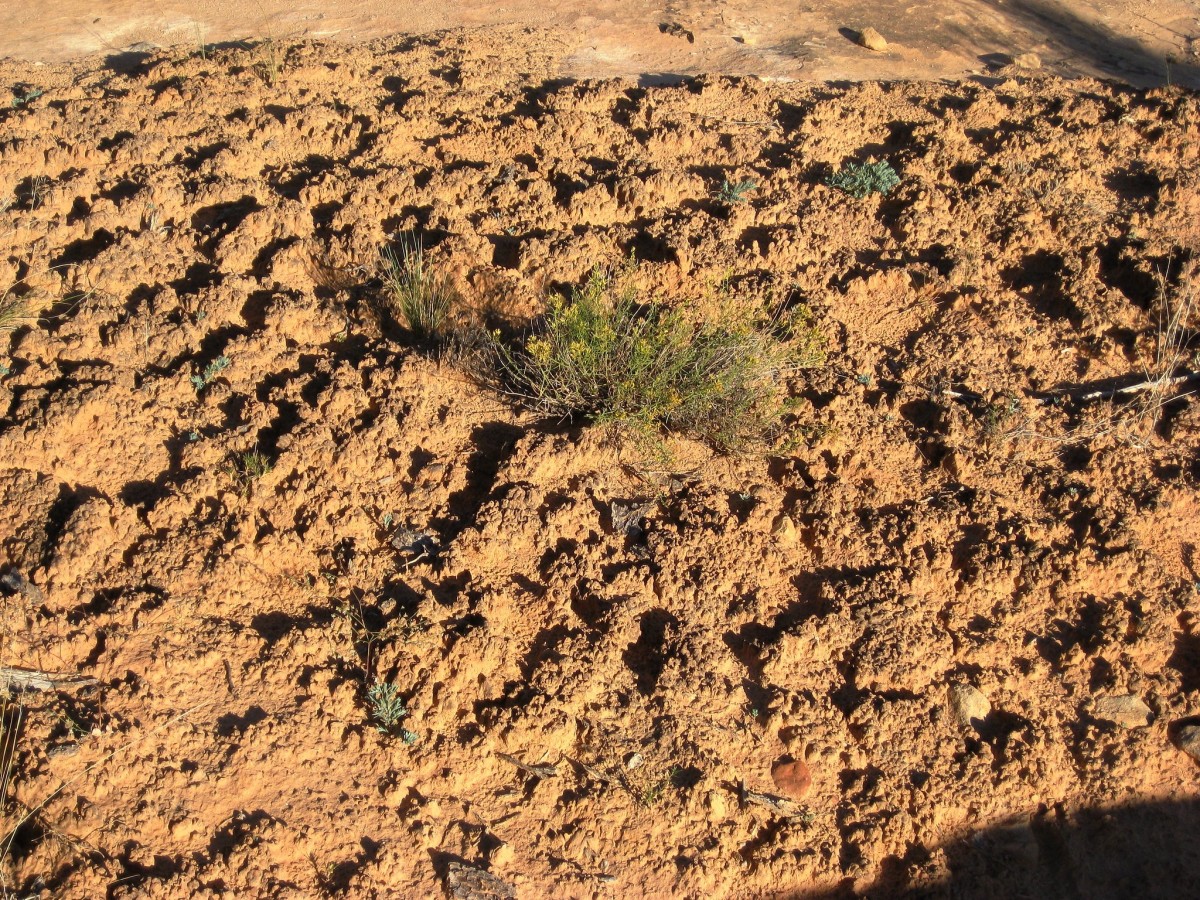Backyard Gardening; How Best to Water Soil
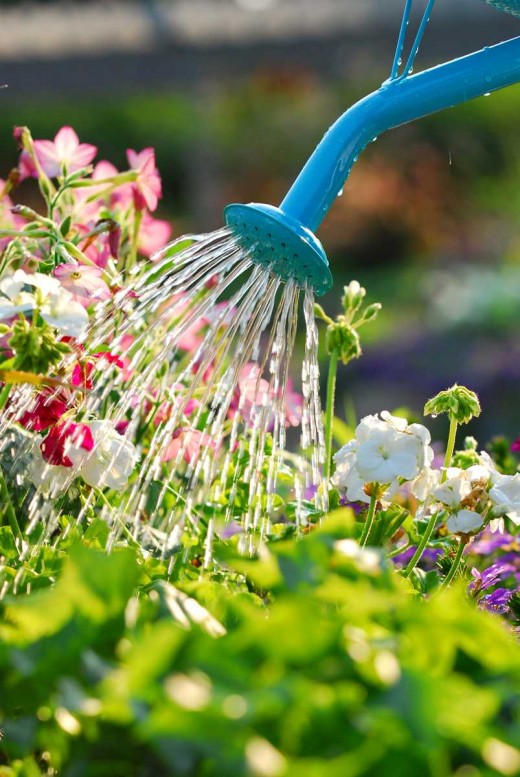
After putting all the time and effort into getting your seeds or seedlings planted in your new garden, the next step is to protect that investment of time and resources by making sure you properly water your soil. Different soil types have different watering needs. Different plants have different thirsts for water. Here are some tips and tricks that can help to make your soil perfectly moist for a lusher and greener garden:
- Loosen the soil around plants, so water and nutrients can be quickly absorbed.
- Use a 1 to 2 inch protective layer of mulch on the soil surface above the root area. Cultivating and mulching help to reduce evaporation and soil erosion. Make sure no roots are exposed to the air. (See below for common mulching materials.)
- Water your plants at the appropriate time of day. Early morning or night is the best time for water, as evaporation is likely to occur. Do not water plants when it is extremely windy outside. Wind will prevent the water from reaching or settling where you intend it to go. Also, do not water your plants during high heat, as you can burn them (from the evaporation of the water from the leaves, especially prevalent in warmer or hot climates.) It is often best to water in the morning before the temperature outside has risen above 80/27 degrees (F/C) to avoid burning plants.
- Install windbreaks and fences to slow winds down and to reduce evapo-transpiration. This will also help to keep precious top soil, compost and mulch in place.
- Consider a trickle irrigation system, using water collected in rain barrels that feed soaker hoses placed under your mulch and around your garden.
- Water the bases of plants and not the leaves. Try to get as much water to the roots of the plant and not on the leaves. Watering foliage is the least productive way of getting the plant the moisture it needs. Get the water to the roots!
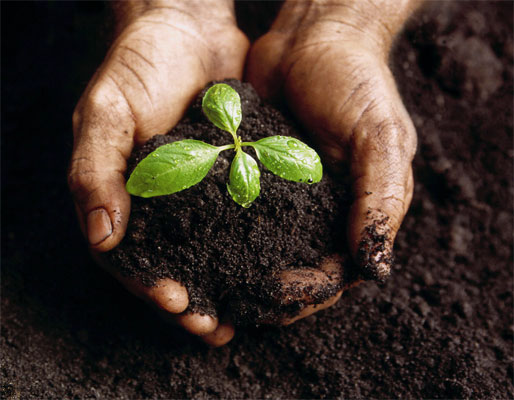
Types of Soil and their Water Retention
Knowing the type of soil you are planting in will help you best to understand how to properly water and grow in your garden. Three common types of soil and their various abilities to absorb water are listed below:
- Clay soil - To make this type of soil more loamy, add organic materials, such as compost, peat moss or thoroughly rotted leaves, in the spring before growing. Also add these components again in the fall after harvesting your vegetables and fruits. Adding these organic materials allows clay soil to hold more nutrients, which will promote healthier plant growth. Till or spade clay soil, to help loosen and allow nutrients and water to come in. Clay soil absorbs water very slowly, water only as fast as the soil can absorb water!
- Sandy soil - As with clay soil, adding organic materials in the spring and fall will help to supplement the sandy soil and promote better plant growth and water absorption. Sandy soil left on its own (with no added organic material) will allow water to run through too quickly for plant roots to absorb it. Plants will fail to grow and thrive.
- Loam soil - This is generally the best kind of soil for gardening. Loam soil is a combination of sand, silt and clay. Loamy soil is fertile, deep, easily crumbles and is made up of healthy organic matter. Loam will help to promote the growth of quality fruits and vegetables, as well as flowers and other plants. Loam soil absorbs water readily and stores it for future use by the plants. Water as frequently as the soil needs to maintain its moisture and to promote plant growth.
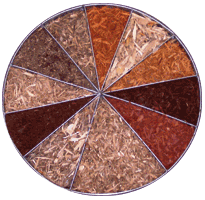
Common Mulching Materials
Mulch doesn't need to be store bought. There are many household items that can be used as mulch, or you can make your own mulch by either composting or chipping wood. Common organic mulching materials are:
- Bark chips
- Chopped cornstalks
- Newspaper
- Peanut shells
- Compost
- Peat moss
- Grass clippings
- Pine needles
- Ground corncobs
- Sawdust
- Hay
- Straw
- Leaves (preferably starting to rot or decompose)
- Manure
- Wood shavings

